Collision Bearings and Visibility Obstructions
How to tell if you’re on a collision bearing?
- Hold your course
- Take a bearing on the other boat, either by sighting across a compass or part of your boat
- A little while later, take the bearing again
- If the second bearing is the same as the first, your courses are converging on a single point which is a collision bearing
- If the second bearing is different than the first, it’s either an opening or closing bearing, and you will pass ahead or behind, respectively, of the other vessel
- If you’re the give-way vessel, start altering your speed or course sooner than later, so the other boat knows your intent.
- If he’s the give-way vessel, watch him like a hawk and be prepared to avoid him
- Most people on the water don’t appear to know the right-of-way rules
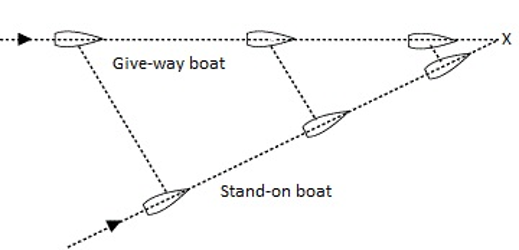
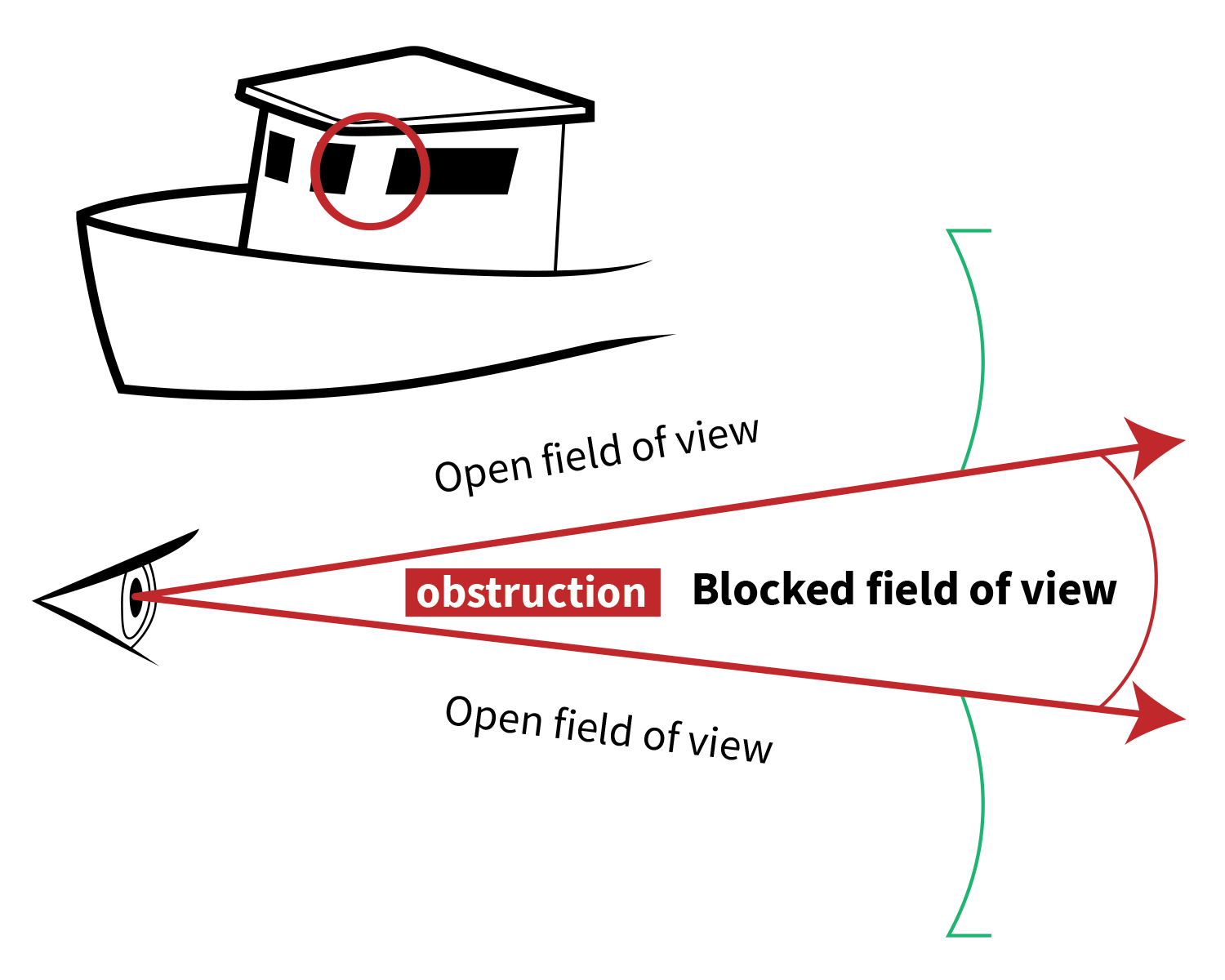
What about visibility obstructions?
There is chance when checking for collision bearings that your vessel may have a physical obstruction (i.e. cockpit stanchion) not allowing you to see another vessel.
If the other vessel is on a bearing in that obstruction area, you might not see the vessel until it’s too late, or not at all
If your vessel has such obstructions, it is your responsibility to frequently check behind the obstructions for any potential crossing vessels
Unlike driving a car on a road with limited options from where other vehicles might come from, a vessel on the water must be on the lookout in ALL directions
Sailboat Regattas
Two basic types:
Bouy Racing
Boats race around buoys (Gov marks or race marks), usually in a relatively close proximity area of <3 miles distance between buoys
Not always, but boats usually race “windward/leeward” courses
- Start/finish in the middle on a line perpendicular to the wind
- Boats will sail laps around the windward and leeward marks
Racing Marks
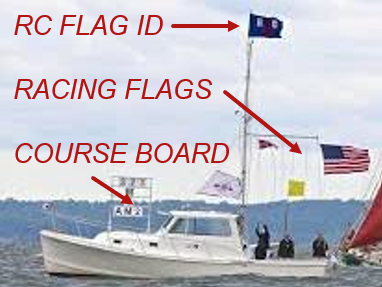
Race Committee Boat

Modern America’s Cup Style Racing Marks
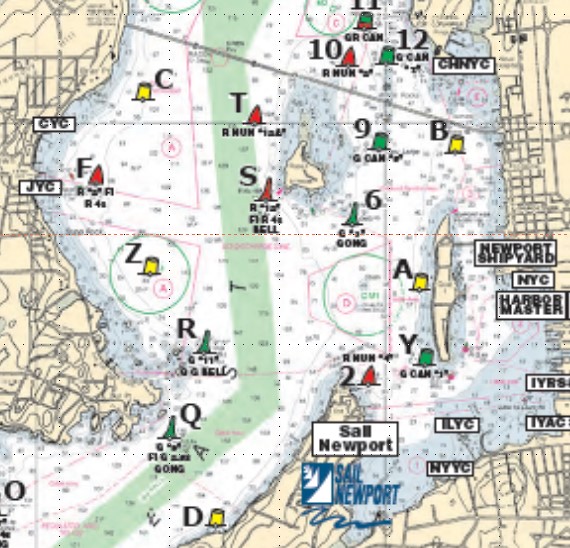
Government and South Bay Marks
Weeknight Series racing can use Government marks, but typically still select windward/leeward type courses
Local South Bay racing chart is available for download at Sail Newport:
sailnewport.org/wp-content/uploads/2021/05/Sail-Newport-Race-Chart-2021-23-FINAL.pdf
Distance Racing
Boats race on a distance “course”, sometimes a fixed course and sometimes a “course” selected on race day depending on wind conditions
Examples:
- Ida Lewis Distance Race
- Around Jamestown Race
- New England 100
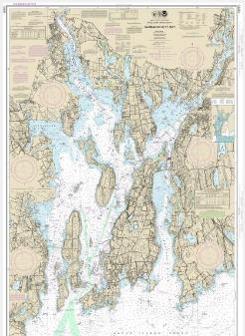
Narragansett Bay
- Around Jamestown
- Around Prudence
- Around Aquidneck
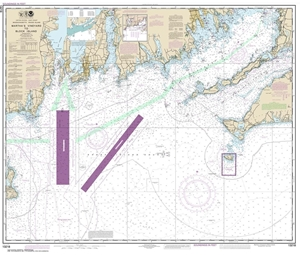
Offshore
- Solo/Twin
- Ida Lewis Distance Race
- Mitchell Race to Block


